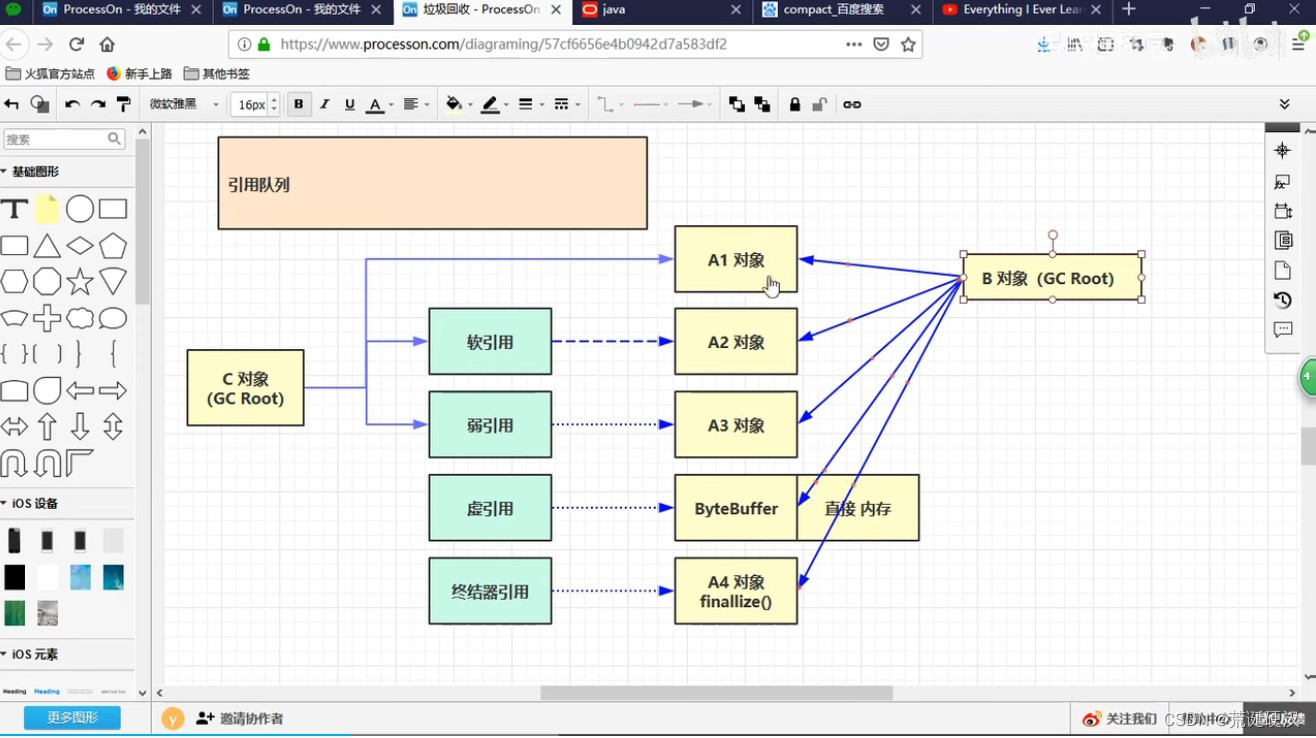目录
1 简介
2 规范
2.1 命名
2.2 模块划分
3 示例
1 简介
SpringBoot中的starter是一种非常重要的机制,能够抛弃以前繁琐的配置,将其统一集成进starter,应用者只需要在maven中引入starter依赖,SpringBoot就自动扫描到要加载的信息并启动相应的默认配置,starter让我们摆脱了各种依赖库的处理,SpringBoot会自动通过classpath路径下的类发现需要的bean,并注册进IOC容器,SpringBoot提供了针对日常企业研发应用研发各种场景的spring-boot-starter依赖模块。
2 规范
2.1 命名
SpringBoot提供的starter以spring-boot-starter-xxx的方式命名,如mvc
<dependency>
<groupId>org.springframework.boot</groupId>
<artifactId>spring-boot-starter-web</artifactId>
</dependency>而第三方默认自定义的starter使用xxx-spring-boot-starter的命名规则,以此来区分springBoot提供的starter,如mybatis。这也是约定大于配置的一种理念。
<dependency>
<groupId>com.baomidou</groupId>
<artifactId>mybatis-plus-boot-starter</artifactId>
<version>3.4.0</version>
</dependency>2.2 模块划分
一个标准Spring boot Starter的组成:
autoconfigure模块:一般包含自动配置相关代码
starter模块:提供对autoconfigure模块的依赖以及其他的二方依赖,一般业务方通过依赖starter来实现这个组件的依赖
3 示例
功能:分每一个分配中国国籍
相关依赖:
<?xml version="1.0" encoding="UTF-8"?>
<project xmlns="http://maven.apache.org/POM/4.0.0" xmlns:xsi="http://www.w3.org/2001/XMLSchema-instance"
xsi:schemaLocation="http://maven.apache.org/POM/4.0.0 https://maven.apache.org/xsd/maven-4.0.0.xsd">
<modelVersion>4.0.0</modelVersion>
<parent>
<groupId>org.springframework.boot</groupId>
<artifactId>spring-boot-starter-parent</artifactId>
<version>2.2.6.RELEASE</version>
<relativePath/> <!-- lookup parent from repository -->
</parent>
<groupId>com.liubujun</groupId>
<artifactId>learn-spring-boot-starter</artifactId>
<version>0.0.1-SNAPSHOT</version>
<name>learn-spring-boot-starter</name>
<description>Demo project for Spring Boot</description>
<properties>
<java.version>1.8</java.version>
</properties>
<dependencies>
<dependency>
<groupId>org.springframework.boot</groupId>
<artifactId>spring-boot-starter-web</artifactId>
</dependency>
<dependency>
<groupId>org.springframework.boot</groupId>
<artifactId>spring-boot-configuration-processor</artifactId>
</dependency>
<dependency>
<groupId>org.springframework.boot</groupId>
<artifactId>spring-boot-autoconfigure</artifactId>
</dependency>
<dependency>
<groupId>org.projectlombok</groupId>
<artifactId>lombok</artifactId>
</dependency>
</dependencies>
<build>
<!-- <plugins>-->
<!-- <plugin>-->
<!-- <groupId>org.springframework.boot</groupId>-->
<!-- <artifactId>spring-boot-maven-plugin</artifactId>-->
<!-- </plugin>-->
<!-- </plugins>-->
</build>
</project>
第一个工程结构如下:
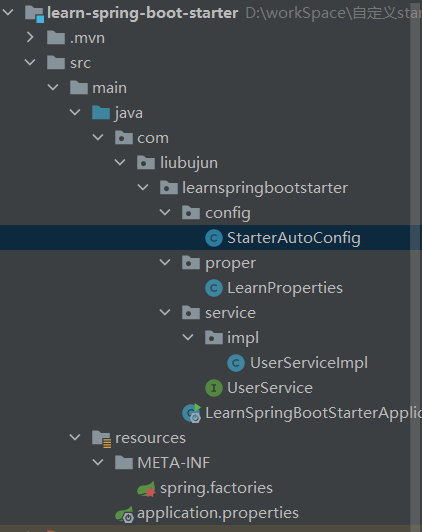
准备一个Service:
public interface UserService {
String printUser(String name);
}Service的实现类:
@Service
public class UserServiceImpl implements UserService {
LearnProperties learnProperties;
public UserServiceImpl(LearnProperties learnProperties) {
this.learnProperties = learnProperties;
}
@Override
public String printUser(String name) {
return name+" is a citizen of "+learnProperties.getNationality();
}
}属性类:国籍从application.properties文件中获取
@ConfigurationProperties(prefix = "starter.user") //将配置文件中的相关属性与Java Bean进行动态绑定
@Data
public class LearnProperties {
/**
* 国籍
*/
private String nationality;
}配置类:
@Configuration
@EnableConfigurationProperties(LearnProperties.class) //让使用@ConfigurationProperties注解的类(LearnProper)生效
@ConditionalOnProperty(prefix = "starter",name = "isopen",havingValue = "true",matchIfMissing = true)
public class StarterAutoConfig {
@Autowired
LearnProperties learnProperties;
@Bean
UserService userService(){
return new UserServiceImpl(learnProperties);
}
}//prefix为配置文件中的前缀,
//name为配置的名字
//havingValue是与配置的值对比值,当两个值相同返回true,配置类生效
添加文件工厂:spring.factories
org.springframework.boot.autoconfigure.EnableAutoConfiguration=\
com.liubujun.learnspringbootstarter.config.StarterAutoConfig以上是第一个工程配置完成之后进行打包:
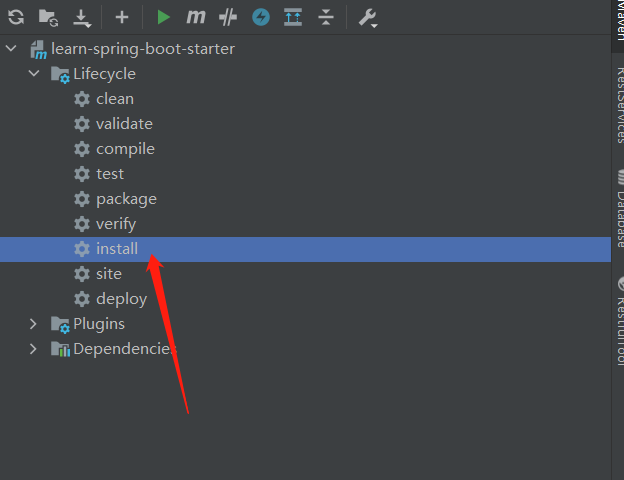
如此一个starter就制作完成了,那么如何使用它呢,可以想一想平时我们使用第三方依赖的时候是如何去使用它们的starter的,只需要在pom文件中引入该starter就好了。
此时准备第二个工程进行测试,工程结构如下:
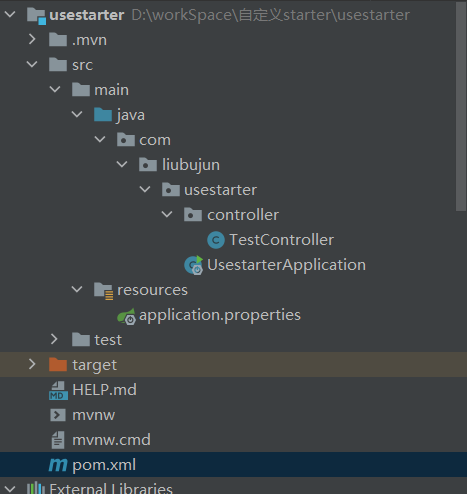
步骤一:
在pom文件中引入上一个工程的依赖,如下:
<!--自定义starter-->
<dependency>
<groupId>com.liubujun</groupId>
<artifactId>learn-spring-boot-starter</artifactId>
<version>0.0.1-SNAPSHOT</version>
</dependency>步骤二:
在配置文件中进行配置(此处的配置是根据引入上一个工程的依赖来进行配置的,就是第一个工程的属性类)
starter.user.nationality=the People's Republic of China
starter.isopen=true步骤三:
建一个测试类
@RestController
@RequestMapping("test")
public class TestController {
@Resource
UserService userService;
@GetMapping("test")
public String testController(String name){
return userService.printUser(name);
}
}测试结果如下:

可以发现,引入了另外一个工程的starter之后,可以使用里面的相关代码,这也侧面印证了自己之前只引入依赖而没有思考是如何实现的。
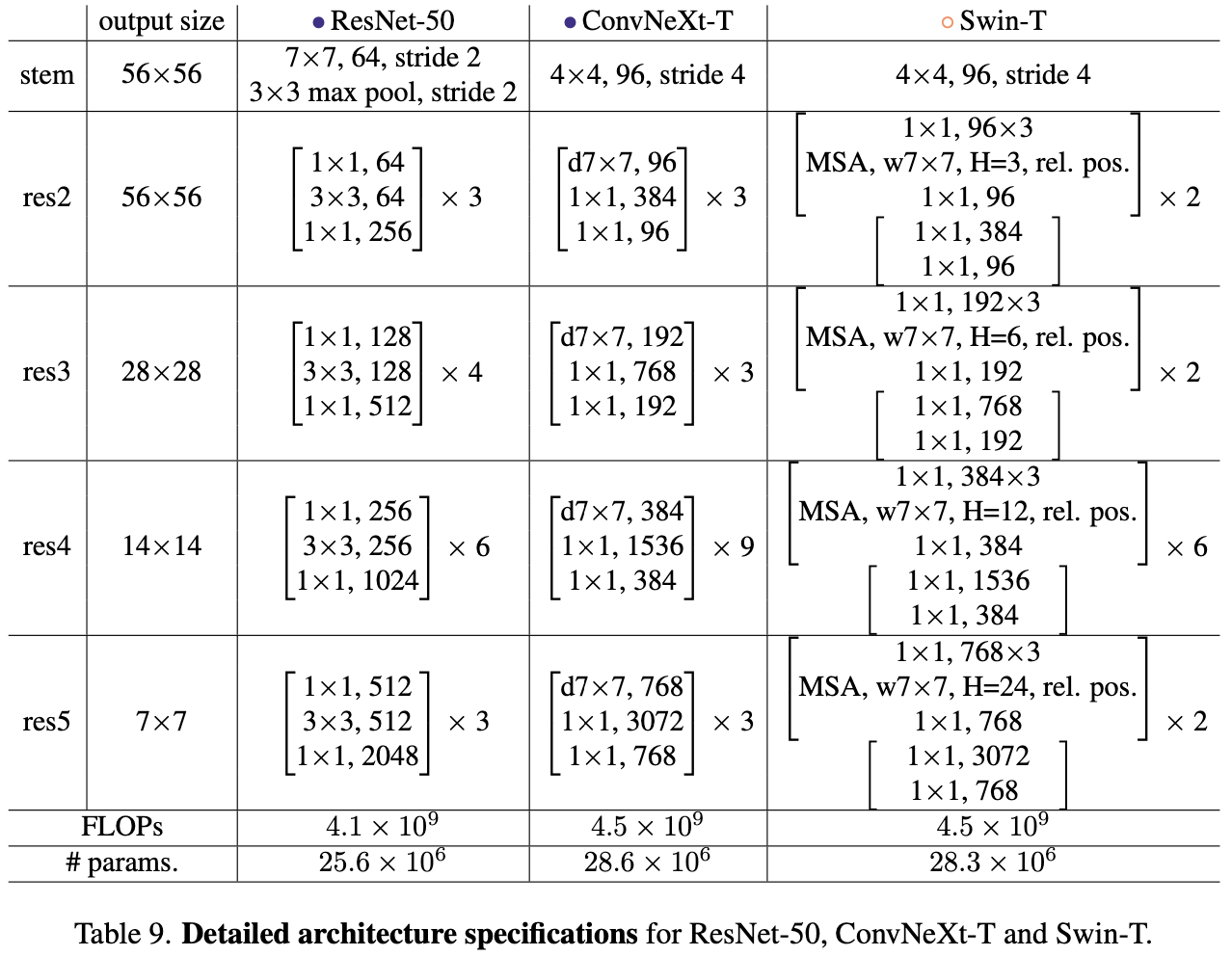
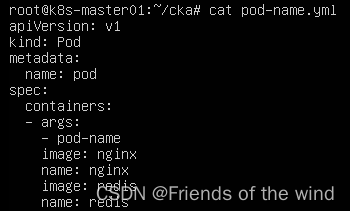


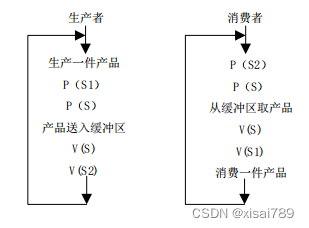


![[附源码]Python计算机毕业设计Django-中国传统手工艺销售平台](https://img-blog.csdnimg.cn/8ef98439179a44118e1285446de01e50.png)
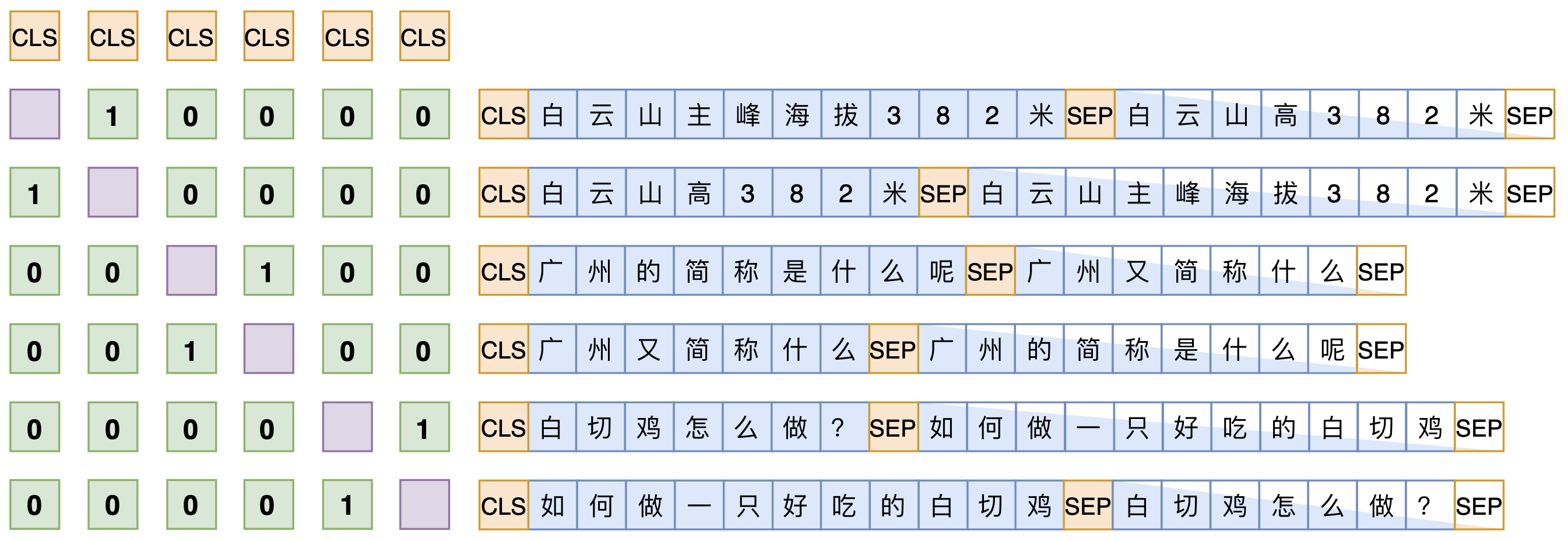

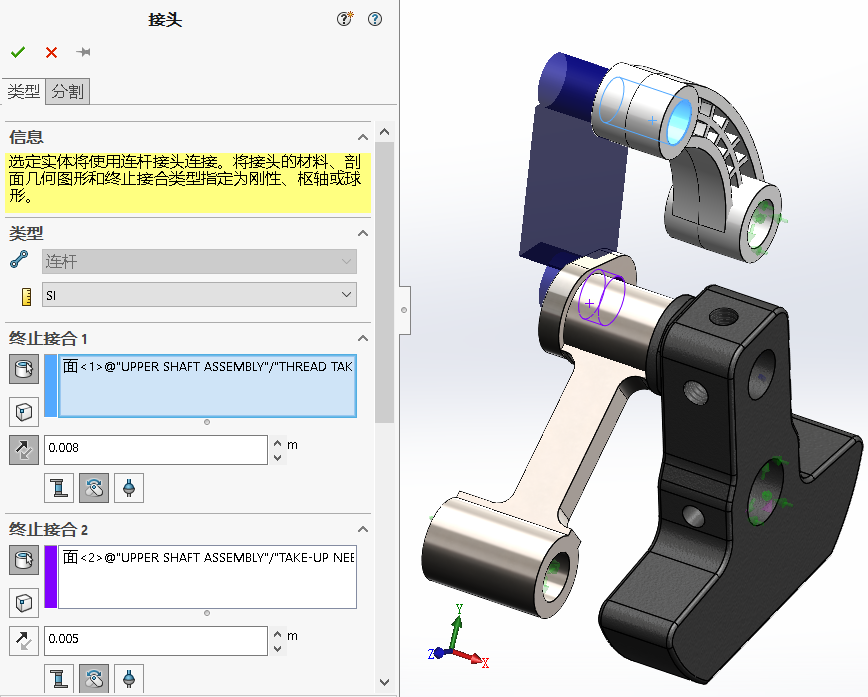
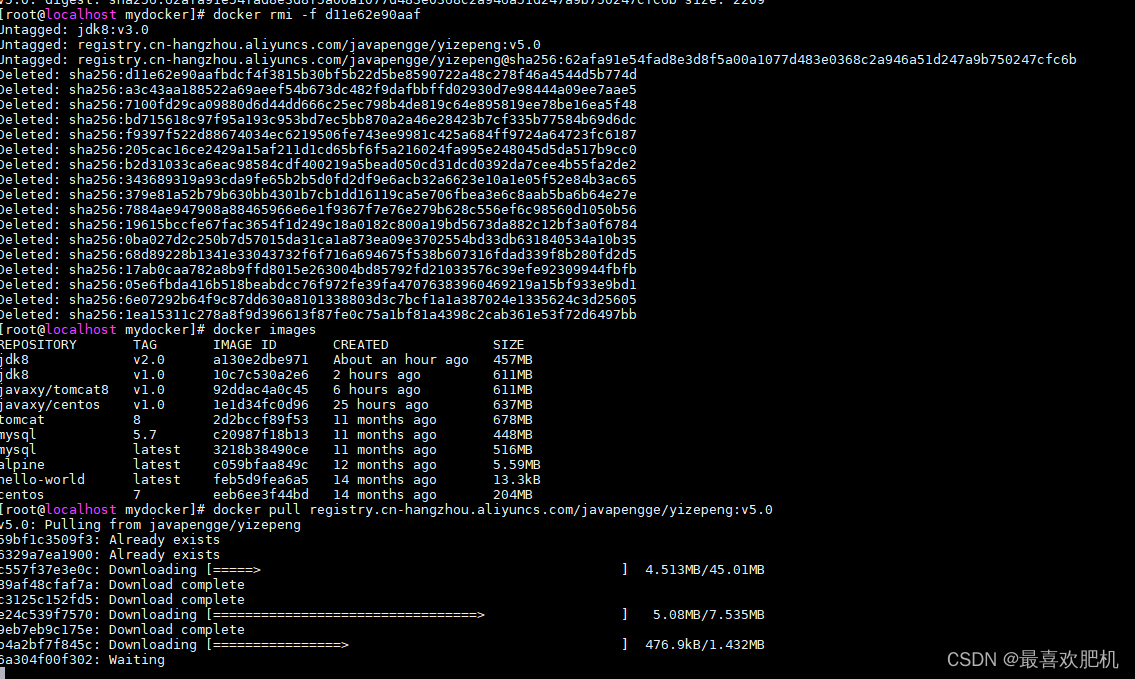


![[附源码]Python计算机毕业设计Django在线影院系统](https://img-blog.csdnimg.cn/96950f8b6b57476cbfb3b57398eee355.png)
![[附源码]计算机毕业设计JAVA中小学微课学习系统](https://img-blog.csdnimg.cn/c08e2fb567794d0b82fffb3eebdc2247.png)
